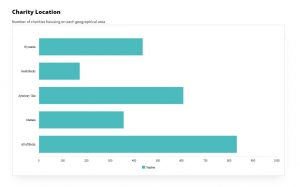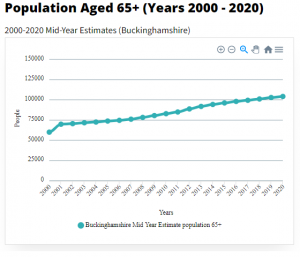The data source ‘Think Broadband‘ provides live data. The data displayed below is a snapshot at a point in time.
Broadband speeds (on 4th August 2023)
75% of households in Buckinghamshire had ultrafast (>100 Mbps) broadband, compared to 78% in the South East and 79% in England.
This is a 15% improvement on the same period last year where 60% of households had ultrafast broadband in Buckinghamshire.
97% of households in Buckinghamshire had superfast (>30 Mbps) broadband, compared to 98% in the South East, and 98% in England.
This is the same as last year for all areas.
0.90% of households in Buckinghamshire had broadband speeds below the Legal USO (10 Mbps), compared to 0.65% in the South East, and 0.67% in England.
This is a 0.09% improvement on the same period last year where 0.99% of households had broadband speeds below the legal USO of 10 Mbps.
0.23% of households in Buckinghamshire had broadband speeds below 2 Mbps, compared to 0.17% in the South East, and 0.21% in England.
This is a 0.01% improvement on the same period last year where 0.24% of Buckinghamshire households had Broadband speeds below 2 Mbps.
Percentage of households that receive broadband speed by type in megabytes per second (Mbps):
Ultrafast
(>100 Mbps)
No Data Found
Superfast
(>30 Mbps)
No Data Found
Below Legal USO
(<10 Mbps) down
No Data Found
Below 2Mbps
(<2 Mbps) down
No Data Found












